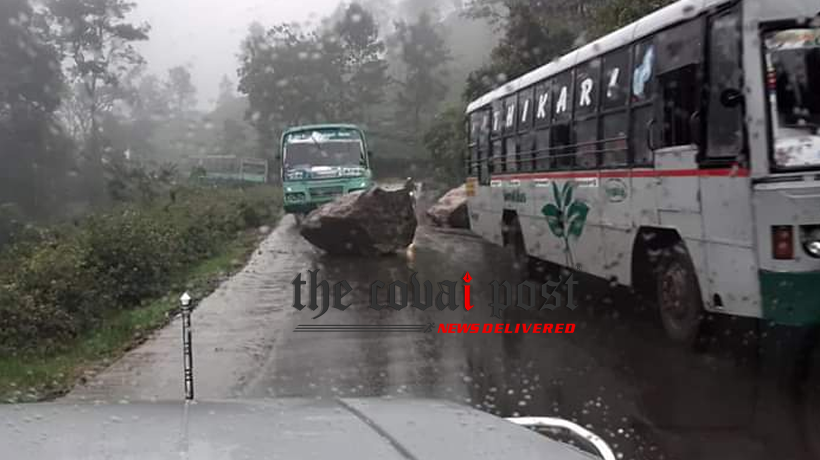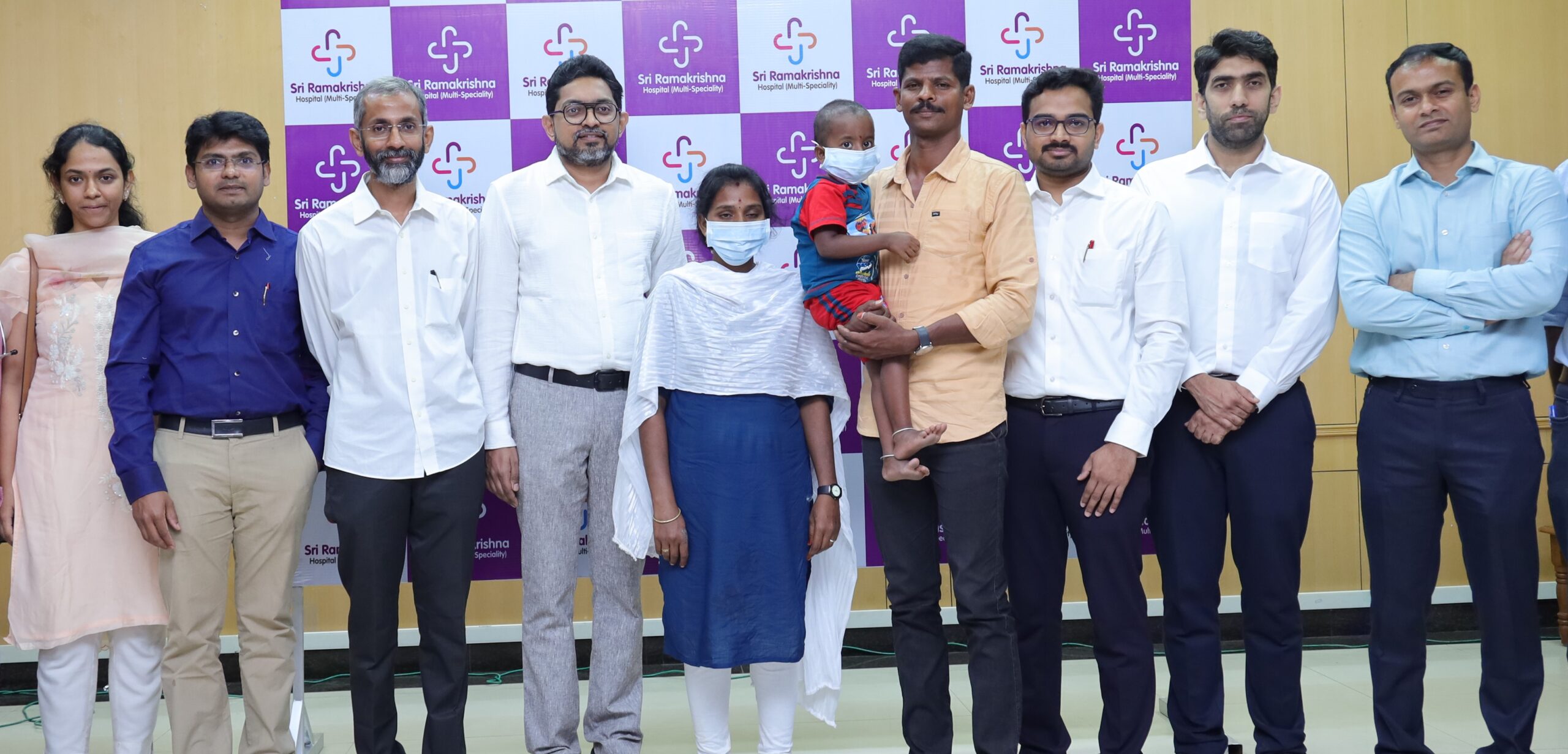Trending Now
- 830 voters names go missing in Kavundampalayam constituency
- If BJP comes to power we shall consider bringing back electoral bonds: Nirmala Sitaraman
- Monitoring at check posts between Kerala and TN intensified as bird flu gets virulent in Kerala
Coimbatore
How the Nilgiris weathered the October and November Fury
![]() November 6, 2019
November 6, 2019
Heavy rains caused landslides and brought normal life to a grinding halt in the Nilgiris. Experts analyse the ferocity of the monsoons this year and how it impacted the district.
In India, both north east and southwest monsoons brought good rains to the country. Both these monsoons bring heavy rains to the Western Ghats. The Nilgiris district has been repeatedly affected by the ferocity of these two monsoons.
The southwest monsoons usually start in late May and continue through August. Then a dry period in September follows. Then the northeast monsoons begin in October and continue up to December. The Nilgiris district is grossly affected during the months of October and November.
During 1978, there were heavy calamities in Nilgiris when Ooty and Coonoor were flooded by the northeast monsoons. The Kodapmand canal in central Ooty flooded and its waters entered houses in the area. After that this canal was widened on the orders of then Chief Minister M G Ramachandran. Those rains also took a toll on many human lives. After that in subsequent years, heavy rains and monsoon downpours have been disrupting normal routine.
In 1993, Coonoor was badly affected by the heavy rains. Many people died in a landslide near the Marapalam area. A bus travelling along the highway on that route also disappeared in that mudslide. A survey claimed that every 10 years, Nilgiris faces heavy disaster due to natural calamities.
Last November, a huge landslide in Ketti had washed away housing colonies of TNEB and injured many people. In November 2003, also many properties were damaged and human lives lost. The district collectors in charge of Nilgiris are challenged by the ferocity of November monsoons.
In November 1996, north east monsoons brought heavy showers and a major cloud burst at the Alanchi village atop Valley View hills in Ooty claimed several lives including a pregnant woman. Many houses were destroyed.
The rains recorded this August were 900mm. The last time such heavy showers were recorded was in 1901.
This year’s potential rains of November have begun earlier on October 17. There have been heavy showers that caused landslides in nearly 283 places. A large landslide near the Kundah bridge caused boulders to roll down the ghat roads blocking traffic in the area. The district is also experiencing extremely cold weather.
So the Nilgiris district is apprehensive of the turbulent weather in October and November.
Geographical experts from Vellore-based technology company N Chandrakumar and S Senthil Kumar visited the Nilgiris to do a survey. They said, “The southeast and northeast monsoons have same intensity in Nilgiris and Himayala mountain ranges. The rains are heavier in November than June which can cause many landslides. If forest cover is thick with trees, then landslides are less.
However continuous deforestation for construction and other purposes in these hills have made them prone to landslides.























